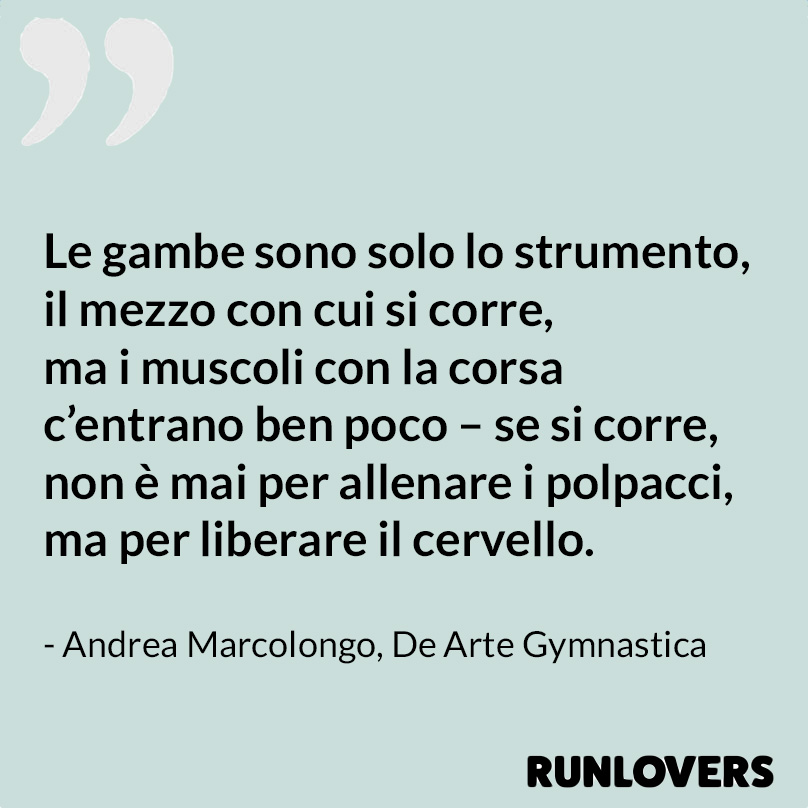Ettore Messina: “The most important thing when talking about teams and coaches is to understand what it means to be a winner. In Italy there is a tendency to create a strong difference between who comes first and the others; we want to win, in the sense that we want to be the best version of ourselves, but usually the one who manages to be at the top at the crucial moment of the season wins, because always being at your best is not possible, just as not everything can go right throughout the year.”
Stefano Pioli: “By now everything has changed, now if I enter the locker room and there is silence I get worried. Usually there is always music blasting until the last second. In my opinion they are phenomena: it’s music you can’t hear, for what my taste is, although I have modernized lately. But it used to be that if you put the music on, it looked like you weren’t focused, whereas now the players turn off the music, come onto the field, and they’re ready. We have to adapt. The most difficult but also the most motivating thing is to put together so many mental and cultural characteristics to get to know each other and to find that balance that allows us to work together with great willingness and with great sharing, which I think is the best possible term.”
Ettore Messina: “Stefano Pioli used a beautiful concept: getting to know each other. To know each other means to accept what are habits, cultures, religions or even just how you prepare for a game and/or how you understand sport, to accept each other on everything. Here, for example, the figure of the coach is interpreted differently from how a Serb or an American or an African interprets it. Some would like you to be more pushy others less so because they are used to that. Sometimes you succeed and sometimes you don’t. With respect to the public’s perception, a coach is aware that in the group concept it is not true that everyone has to do the same things. If you see a guy with headphones, it’s not that he doesn’t do group but maybe he just listens to different music. Not everyone can watch the same movie and those who do not watch it cannot be defined as antisocial.”
Stefano Pioli: “My way of coaching has changed so much, I delegate a lot and I focus more on priorities, however, I have to be ready to confront everyone about everything. Being the center of attention, you have to be prepared to confront everyone. Communication is more and more present and constant. Coming prepared for journalists’ questions is important. You have to be prepared and consistent to make your working method credible.”
Ettore Messina: “I used to hear that Stefano Pioli at Milan has 10 assistants. I consider myself lucky because I have four assistants and two video analysts. In 1989 when I started I had one and a half. Today a coach coordinates high-level specialists and then puts their opinions together to make technical and tactical decisions. Then communication changed. Now instead of having a meeting you send three clips via Whatsapp to a player and get a better result. So he doesn’t even hear your voice. Coach Popovich was scared of seeing players too many times: he would rather have one less meeting, one less practice, one less team dinner than take the risk of being seen too much. Everything changed.”






